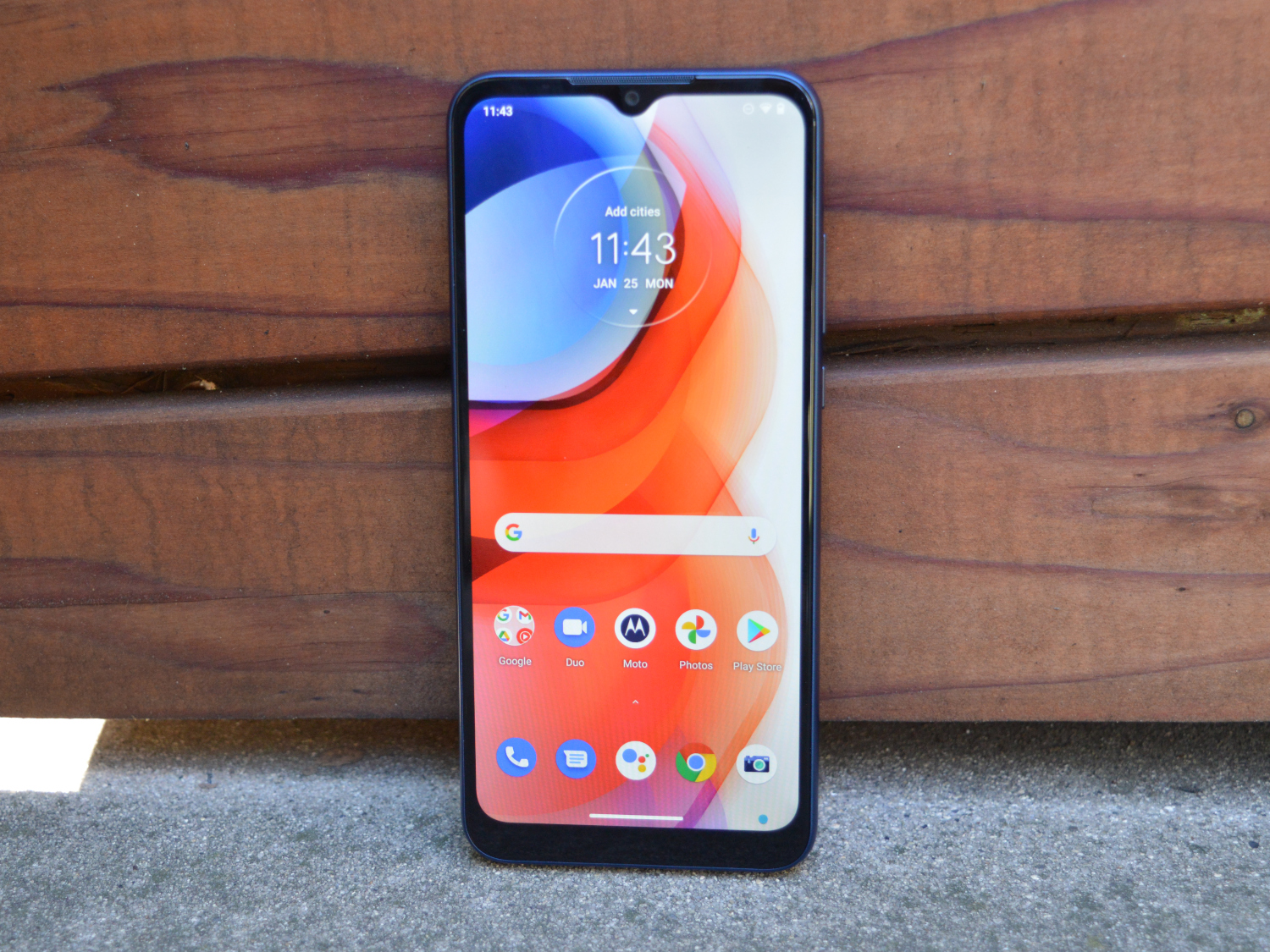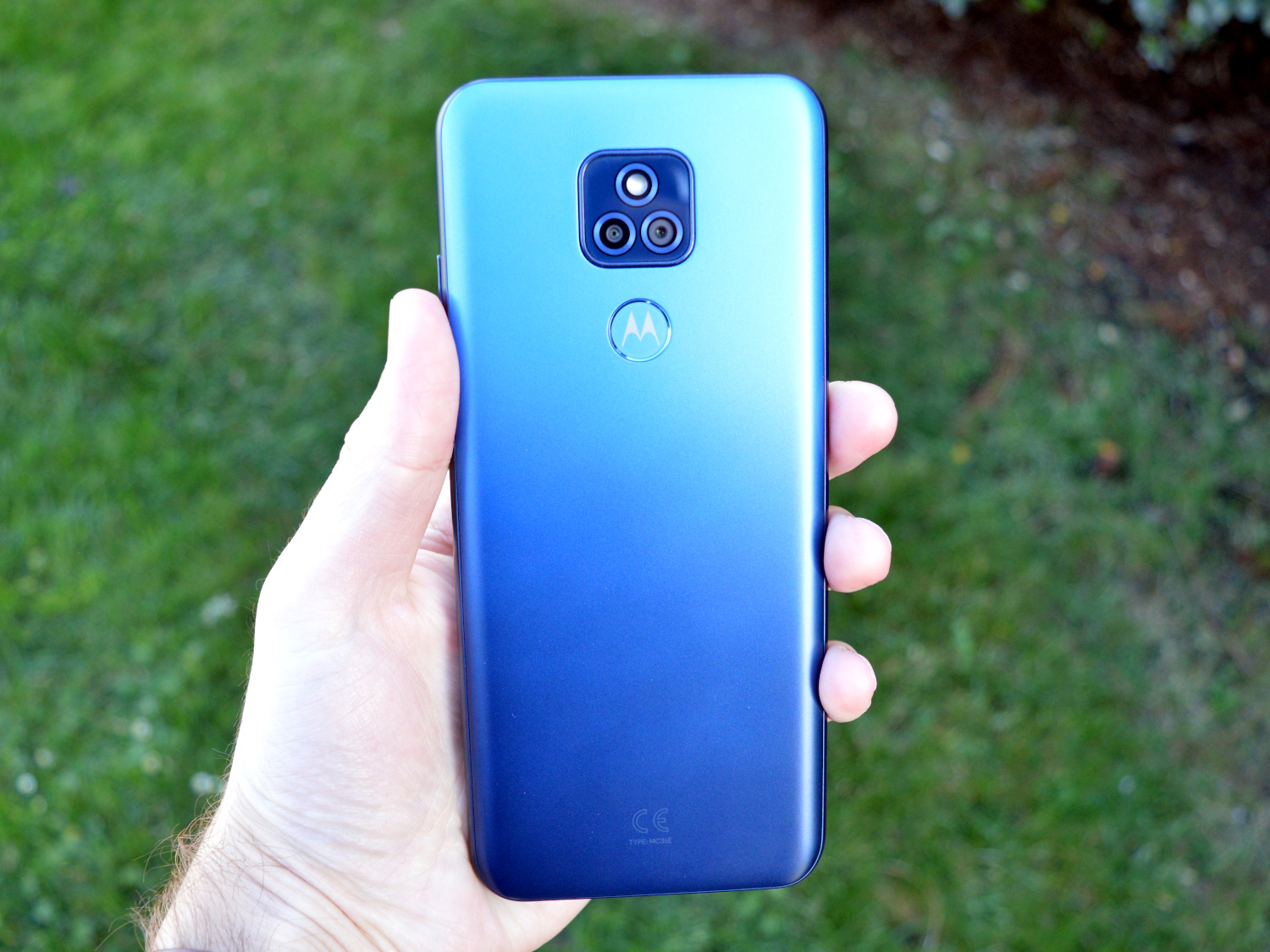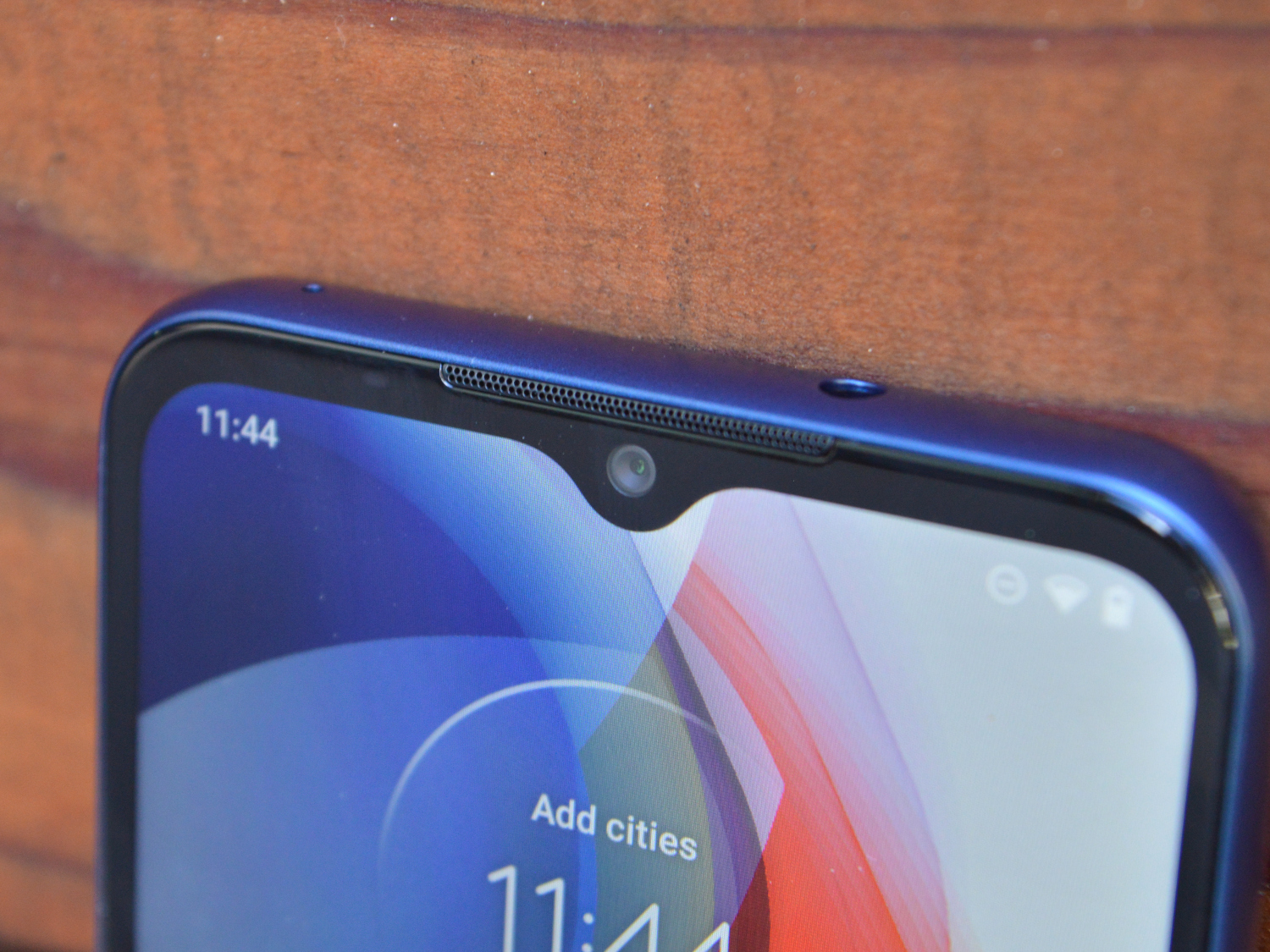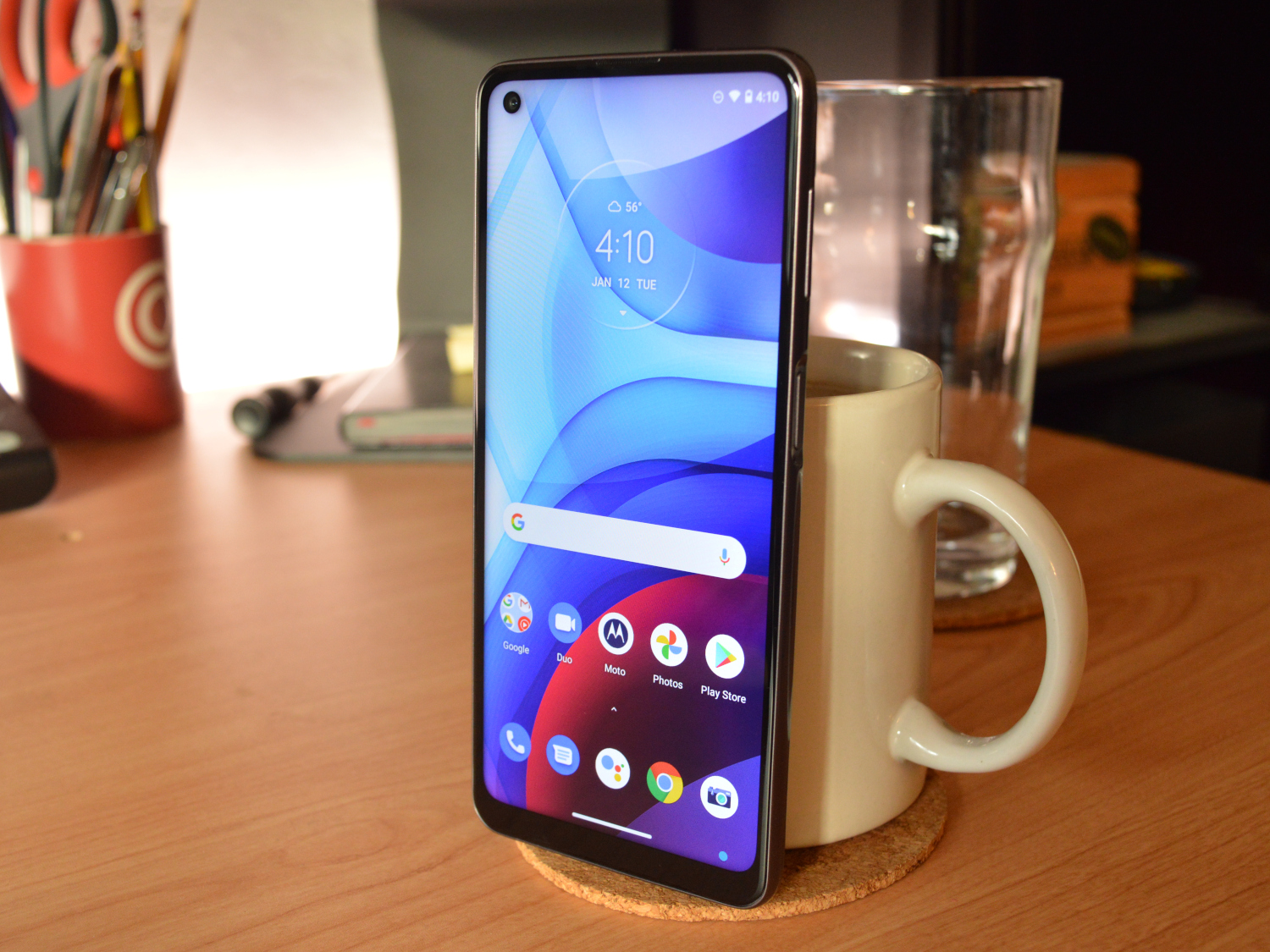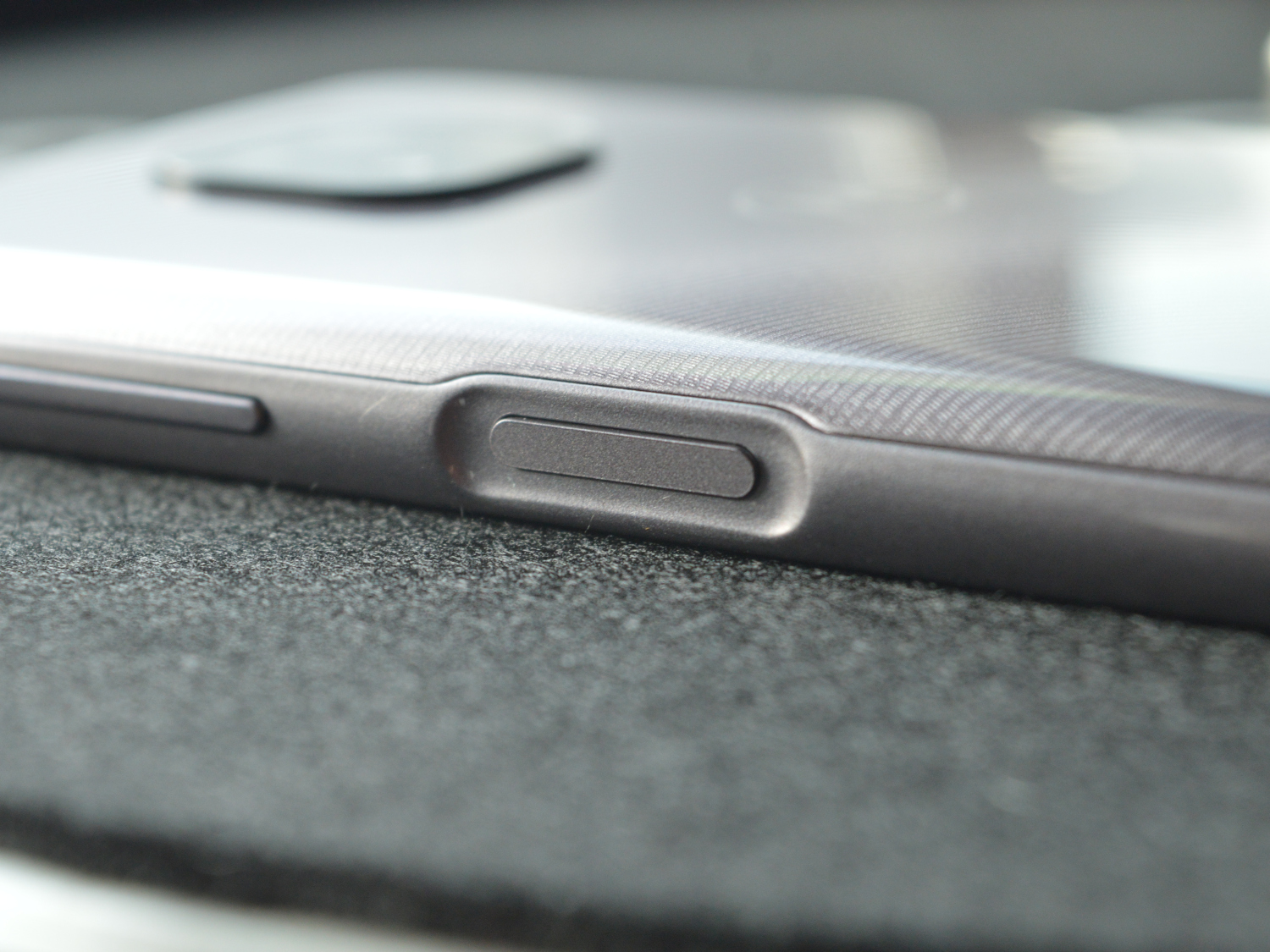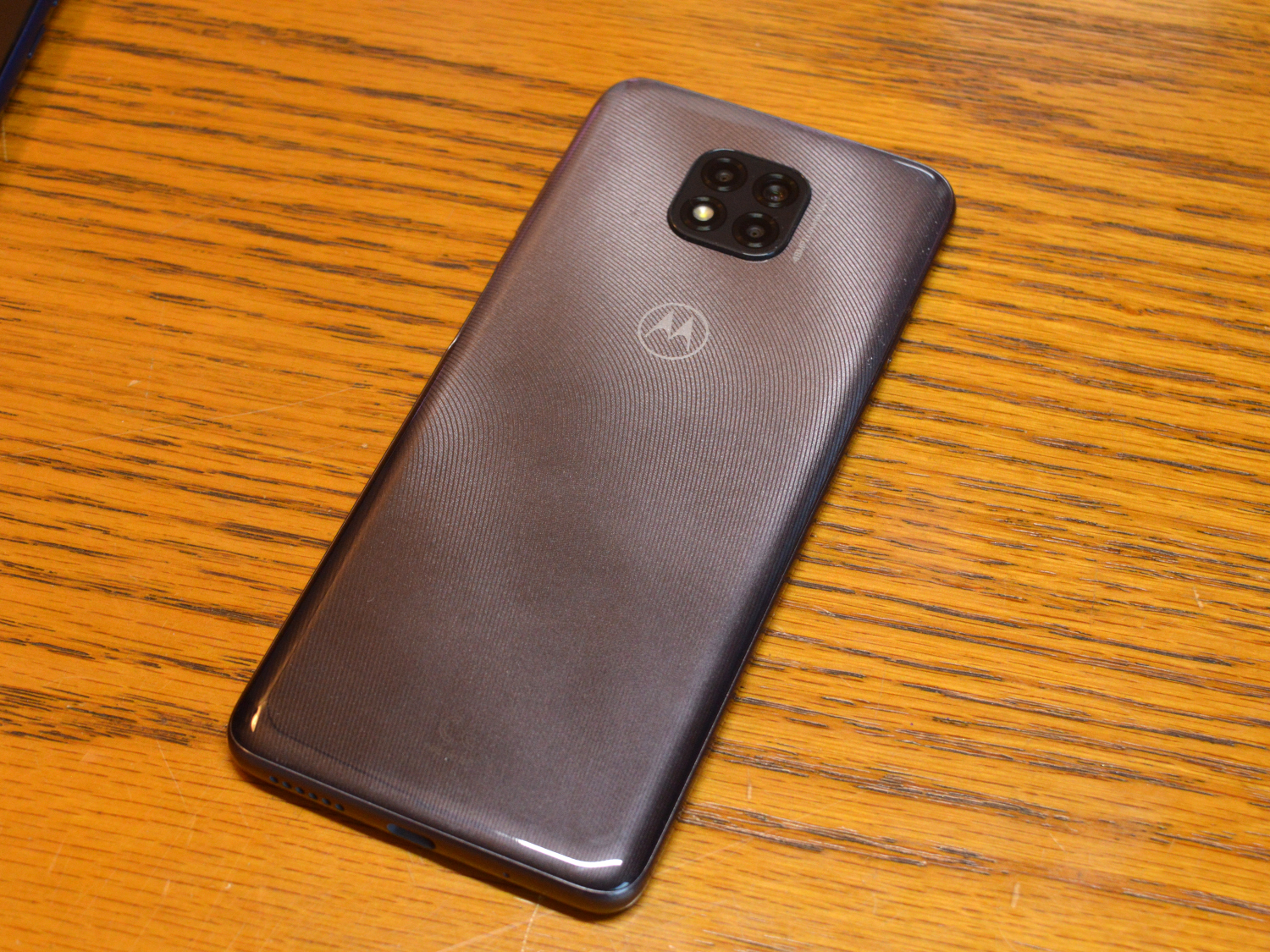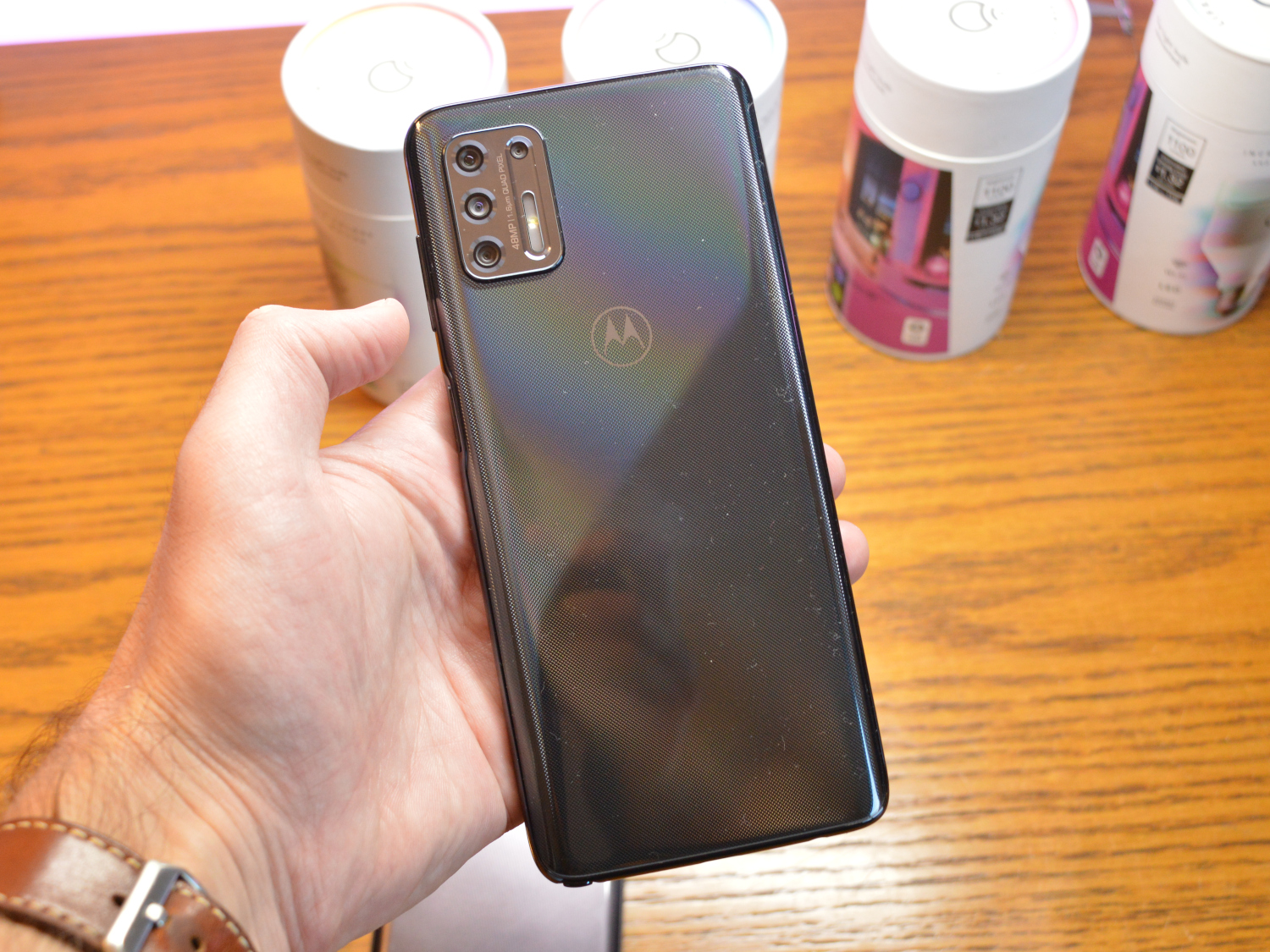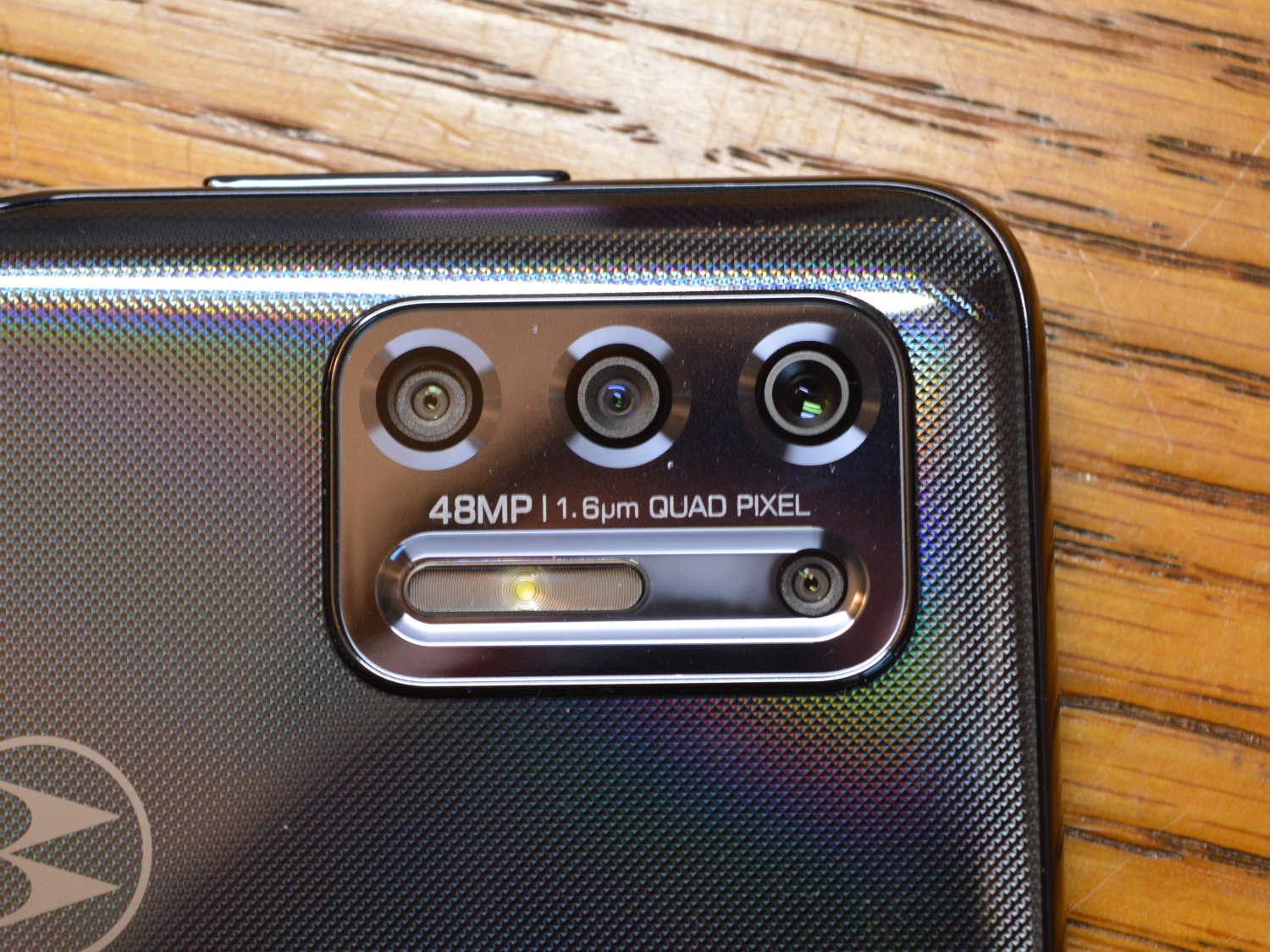The Motorola Moto G series has long been a great way to get an affordable phone that still offers solid features. The 2021 iteration of that series is no exception to that rule. With three new phones in the lineup, there should be something for anyone who wants to spend $250 or less on a phone.
Before we go on, of course, it’s worth noting that if you can stretch your budget a little, you should. The Moto G series is awesome, but if you can spend $350 on a Pixel 4a, it’s worth doing so, for the better performance, better camera, and a better software experience. Alternatively, you’ll get among the best performance in the biz by jumping ship from Android entirely and going for the $400 iPhone SE.
But, if $250 is your budget cap, you’re in the right place. As mentioned, there are three different phones in the series: The lower-end Moto G Play, the standard Moto G Power, and the more expensive Moto G Stylus. As someone who’s used all three of the phones, I’ve found each one has its pros and cons. Here’s everything you need to know when choosing which one to buy.
Moto G Play
The Moto G Play is the least expensive of the three devices, and as a result, it has the lowest performance, the least versatile camera, and lower quality hardware. That’s not to say that it’s really that much worse than the other phones, but as you would expect from a cheaper phone, it’s just not quite as strong.
Like the other two phones, the Moto G Play has a plastic back, not a glass back like you might get on a more expensive phone. Also, like the other two phones, it has a headphone jack, and a fingerprint sensor, though on this phone it’s on the back. The phone is a little chunky for a phone in 2021 at 0.37 inches thick, 2.99 inches wide, and 6.56 inches tall, but it’s not over the top, and still very grippable. Perhaps one of the biggest differences between this phone and the others in terms of design is the fact that it has a teardrop notch, instead of a hole-punch cutout for the front-facing camera. It’s not a big deal.
What might be a big deal for some is the fact that the phone only has a 720p display. For basic use, this will be fine — but text won’t be as sharp and images as detailed as they are on the other devices in the series, which have 1080p displays. The display sits in at 6.5 inches, which is the smallest in the 2021 Moto G series. The Moto G Stylus ranged up to 6.8 inches. Still, despite being smaller than the other devices, you’ll still need a very big hand to reach the upper corner during single-handed use.
Under the hood, the Moto G Play offers a Qualcomm Snapdragon 460 processor, coupled with 3GB of RAM and 32GB of storage. That’s not a ton, and if you want to be able to download more than a few bits and pieces, it’s worth taking advantage of the built-in microSD card slot.
But the 4-series processor is a pretty major step down from the 6-series chip on the other Moto G phones. The end result won’t really impact things like texting, calling, and basic social media, but more intense multitasking or mobile gaming, and you’ll want to shell out a bit more cash for a more powerful model.
On the back of this phone, you’ll find the dual-camera setup. You get a 13-megapixel main camera and a 2MP depth sensor. It’s not very versatile, and the photos aren’t great — but they’ll do the job for basic shots. Again, it’s one of those places where you really notice the price.
So, who should buy this phone? If you want to save as much cash as possible and don’t anticipate using your phone for more than the most basic of use, then the Moto G Play will do the trick. It starts at just $170, which is exceptional.
Read our full Moto G Play review
Moto G Power
The Moto G Power is the next step up from the Moto G Play and adds a number of features and performance improvements. You’ll still get the plastic build with the headphone jack and the fingerprint sensor, though on this phone that sensor is built into the power button instead of on the back. The device is a similar size to the Moto G Play too, though it’s a little bigger. It’s slightly thicker and taller, but the same width. Honestly, the differences are so minute that it won’t make much of a difference.
Dive into the internal specs, however, and you start to see the differences. The Moto G Power has a Snapdragon 665 processor, with 4GB of RAM. It’s a pretty big step up from the chip in the Moto G Play, and as a result, things like games will load much faster and you’ll experience fewer skips and jumps when multitasking, especially after a year or two of use.
The display is a step up too. It offers a 1080p resolution, which means that text is sharper and images are a little more detailed. It definitely looks better than the display on the Moto G Play, in case that’s important to you. It sits at 6.6 inches, which is a little bigger than that on the Moto G Play — but it also feels bigger considering the lack of a notch.
As the name implies, the real advantage to the Moto G Power is its large battery. The device has a 5,000mAh battery, and the result is that you’ll easily be able to get two days of use, and even into a third day if you know how to conserve. That’s pretty great, and means that the Moto G Power is a good choice for heavy users or those who tend to forget to charge their phone.
The camera steps things up to three sensors. You’ll get a 16-megapixel main camera, an 8MP ultrawide camera, and a 2MP macro camera. It’s a little more versatile given the addition of the ultrawide and macro cameras, but the actual quality of photos isn’t really that much better. They’re still perfectly fine for very basic use in well-lit environments, but not much more than that.
Generally speaking, the Moto G Power is a solid choice for those who want a good all-arounder. It’s definitely worth spending more for the Moto G Power over the Moto G Play, especially for moderately heavy phone users.
Read our full Moto G Power review
Moto G Stylus
The Moto G Stylus is the most expensive of the three phones, and there are really only minor improvements to the features on offer for most users.
As the name suggests, the most impactful change to the Moto G Stylus over the Moto G Power is the addition of … a stylus. The stylus gets tucked away inside the right side of the phone when it’s not in use and can be taken out when needed. When you take the stylus out of the device, a few quick options, like the ability to take a note, will pop up on the screen. It’s a nice touch. That said, you won’t get the same high-end text recognition as on the iPad or the Galaxy Note series, and the stylus in general isn’t as responsive as it might be on a more powerful phone with a high refresh rate display.
The phone is also the biggest of the bunch. It’s actually thinner, at 0.35 inches, but its 3.07-inch width and 6.69-inch height help it make room for the large 6.8-inch display. So much room for (stylus-related) activities!
The phone offers the same performance as the Moto G Power, but it has a smaller 4,000mAh battery. You’ll still be able to get through a full day of heavy use, and into the next day — but you might not quite get the two-days-plus that you would get on the Moto G Power.
The camera is a little different too. You’ll get the same ultrawide and macro cameras, but the main camera steps things up to 48-megapixels, with an effective output of 12MP thanks to Motorola’s tech. This is supposed to make for more detail and better low-light photography, but in reality, image quality isn’t much better. You shouldn’t buy the Moto G Stylus over the Moto G Power for its camera.
Frankly, the Moto G Stylus isn’t worth the extra cash for most. If you really want a stylus on a budget, this phone is the one to get — but you probably don’t need a stylus, and as such the Moto G Power is worth buying instead.
